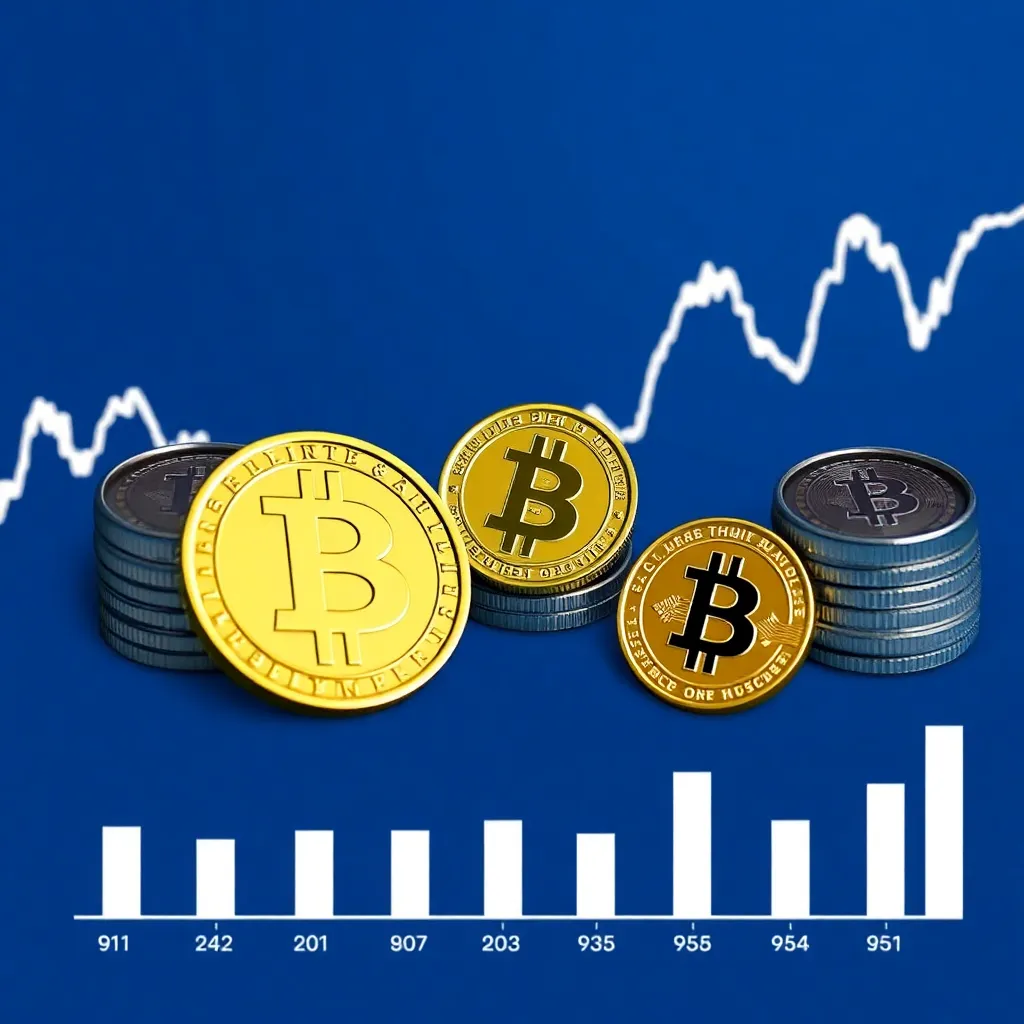Cryptocurrency day trading has surged in popularity, thanks largely to the market’s high volatility. Volatility, while risky, is the lifeblood of day trading, offering numerous opportunities to profit from rapid price swings. This comprehensive guide covers the most volatile cryptocurrencies for day trading and explains how to leverage this volatility for maximum gains. Calculator

Why Volatility Matters in Crypto Day Trading
Volatility refers to the degree of price fluctuation over a given period. For day traders, volatility is critical because it creates price movements that can be exploited for profit. Unlike long-term investors, day traders thrive on market swings that occur within minutes or hours.
Benefits of Trading Volatile Cryptos
- Frequent Opportunities: More price swings mean more chances to enter and exit profitable trades.
- Higher Potential Profits: Quick and significant price movements allow for bigger returns in a short time.
- 24/7 Market Access: Crypto markets never sleep, allowing traders to capitalize on volatility at any time.
Key Factors That Make a Crypto Volatile
- Market Sentiment: News events, tweets, and regulatory developments can cause rapid price changes.
- Liquidity: Lower liquidity often leads to higher volatility, though it can also increase risk.
- Market Cap: Small and mid-cap coins tend to be more volatile than large-cap cryptocurrencies.
- Trading Volume: Higher trading volume can both stabilize and amplify volatility depending on market conditions.

Top 10 Most Volatile Cryptocurrencies for Day Trading
1. Dogecoin (DOGE)
Originally started as a meme, Dogecoin’s price is highly influenced by social media trends and celebrity endorsements, making it a favorite among day traders.
2. Shiba Inu (SHIB)
Another meme coin, SHIB has shown extreme price movements, often reacting to community hype and token burns.
3. Solana (SOL)
Known for its speed and low fees, Solana has experienced both meteoric rises and sharp declines, offering ample day trading opportunities.
4. Polygon (MATIC)
With its growing DeFi ecosystem, MATIC has seen significant price swings that attract active traders.
5. Cardano (ADA)
While generally more stable, ADA has periods of intense volatility tied to platform upgrades and project developments.
6. XRP (Ripple)
Ongoing legal battles and institutional interest make XRP highly reactive, with sudden price jumps and drops.
7. Ethereum Classic (ETC)
ETC is often volatile due to its connection to Ethereum and periodic security concerns.
8. VeChain (VET)
Supply chain integrations and partnerships often lead to quick price fluctuations in VET.
9. Fantom (FTM)
As a layer-1 blockchain platform, Fantom has shown wild price action tied to DeFi project performance.
10. Bitcoin Cash (BCH)
BCH is known for sharp intraday moves, especially when Bitcoin itself is volatile.
Tools to Track Crypto Volatility
- CoinMarketCap Volatility Index
- TradingView Volatility Charts
- CryptoCompare Volatility Metrics
- Binance and Coinbase Pro Advanced Trading Tools
Best Strategies for Trading Volatile Cryptos
1. Scalping
This involves making dozens or hundreds of small trades per day, profiting from tiny price changes.
2. Breakout Trading
Traders enter positions when the price breaks above resistance or below support levels with high volume.
3. Momentum Trading
This strategy involves riding the trend by buying when prices are rising and selling when they start to decline.
4. Range Trading
Buy low and sell high within a defined price range, especially useful in sideways markets.
Risk Management Tips
- Use Stop-Loss Orders: Always set stop-loss levels to limit potential losses.
- Position Sizing: Never risk more than 1-2% of your trading capital on a single trade.
- Diversification: Don’t focus solely on one volatile asset; spread your risk.
- Stay Updated: Follow crypto news channels to anticipate market-moving events.
Common Mistakes to Avoid
- Overtrading: Too many trades can increase costs and risk.
- Ignoring Technical Indicators: Tools like RSI, MACD, and Bollinger Bands are essential for timing trades.
- Emotional Trading: Fear and greed can destroy your strategy. Stick to your plan.
- Neglecting Fees: High volatility often comes with higher transaction costs. Always factor in fees.
Technical Indicators to Use with Volatile Cryptos
- Relative Strength Index (RSI)
- Moving Averages (MA)
- MACD (Moving Average Convergence Divergence)
- Bollinger Bands
- Volume Oscillators
Are Volatile Cryptos Suitable for Beginners?
While volatile cryptos offer high profit potential, they are risky for beginners. New traders should start with small amounts, use demo accounts, and focus on learning technical analysis and risk management before committing large capital.
Tax Implications of Day Trading Volatile Cryptos
Day trading profits are generally considered taxable in most jurisdictions. In the U.S., for example, profits from crypto day trading are subject to short-term capital gains tax. Always consult a tax professional to stay compliant.
Conclusion
Trading volatile cryptocurrencies can be incredibly rewarding but comes with significant risks. By choosing the right coins, employing sound trading strategies, and practicing disciplined risk management, traders can turn volatility into an advantage. Whether you’re an experienced trader or a newcomer, understanding market dynamics and staying informed is the key to succeeding in crypto day trading.
If you’re ready to jump into the world of volatile crypto trading, start by tracking the coins listed here, practice your strategies, and always—trade wisely.


